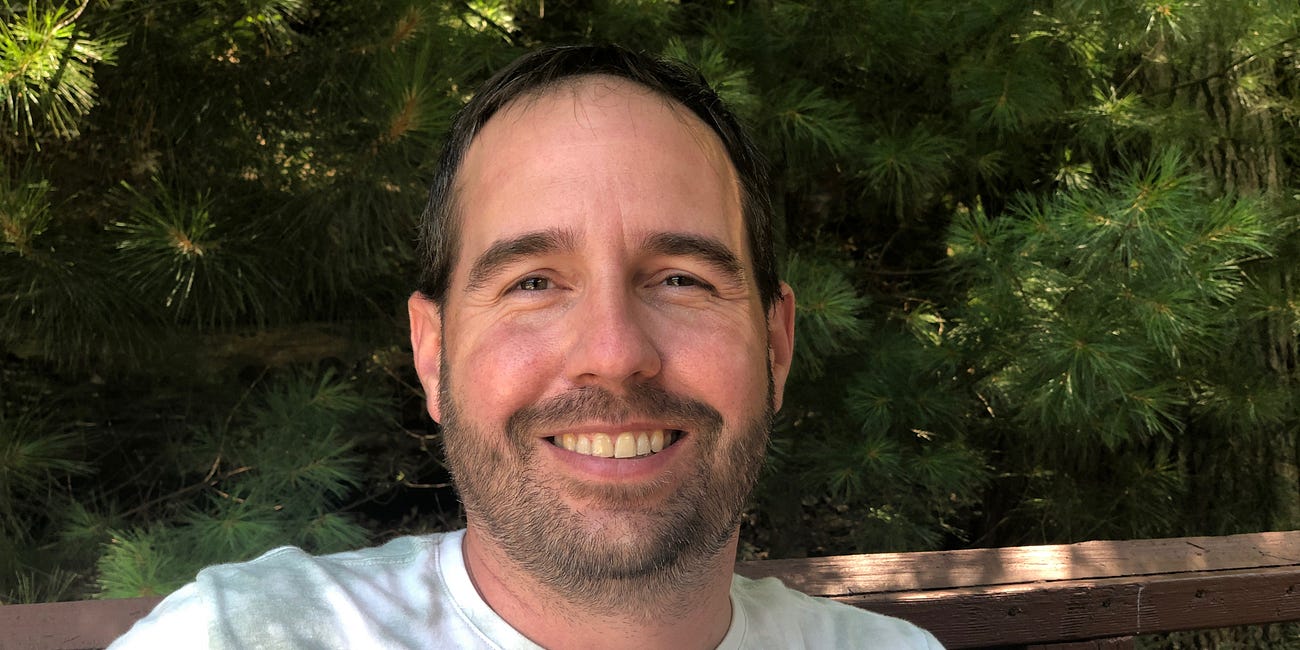The Best Time for School Leaders to Start Visiting Classrooms
It's not next school year
In February 2017, I brought a team of teacher leaders to our state reading conference. Regie Routman would be there to speak. She also agreed to join us for lunch.
During our meal, after some informal conversation, she asked me how instructional walks were going. I paused, not expecting this question, particularly in front of the teachers. It was my first year as the principal of the school. We had just committed to focusing on the reading-writing connection for schoolwide professional learning. My feeling going into this conference was we had a win in finding common ground as a faculty.
The teacher leaders looked from Regie to me. I mumbled something about waiting until the faculty had fully engaged in professional development to begin instructional walks. Then she asked me why I was waiting. I didn’t have a good answer. The teachers continued to observe, likely finding their principal in a vulnerable position as a unique experience.
It was true that I was riding the positive energy of getting the faculty to commit to professional literacy learning. But a deeper truth was I was reluctant to disrupt the honeymoon phase in my new position. I had earned several teachers’ trust through listening sessions, consistent communications, and bringing my previous management experiences to create a more predictable learning environment. I felt that I would lose those positive relationships and a sense of competence, as classroom visits could potentially lead to more critical feedback.
While communication and management skills are important, none of them move the needle on instructional improvement. They create the conditions for professional growth. But to achieve schoolwide excellence and student equity, there has to be a focus on teaching and learning. And that includes frequent visits by the principal in every classroom that lead to coaching conversations with teachers from a place of genuine curiosity. (I now refer to these instructionally-focused interactions as a form of “productive presence”, in which a leader listens to learn while being mindful of the larger goals a faculty has agreed to move toward together.)
While a bit uncomfortable at the moment, I was later thankful for Regie asking me these pointed questions in front of my teachers. I needed to be held accountable in a supportive way. I was putting my own needs of feeling comfortable and affirmed over the needs of the students to have access to excellent instruction regardless of which classroom they were in.
The best time for school leaders to start visiting classrooms is the first day of their tenure. The second best time is today. You don’t have to be super knowledgeable about literacy, or an expert in coaching or feedback; that comes with engaging in instructional walks regularly. All you need is one hour a day and an open mind. Come into classrooms without an agenda. Look for areas to recognize and affirm. If you see something that you feel isn’t best practice, get curious about the teacher’s decision-making process vs. certain that it is wrong. Above all, approach these classroom visits as an opportunity for you to learn. The teachers will follow your lead.
Related Resources
Not sure where to start with instructional walks? Check out my self-guided course for literacy leaders and coaches to make classroom visits a habit. Implement three core tools to unlock your school’s potential for only $99.
I recently wrote about using a coach’s notebook to document and reflect upon conversations with teachers for the Corwin Connect blog. (My book on this subject, Leading Like a C.O.A.C.H., can be purchased through Corwin here.)
The following blog post, “How I Am Present During Literacy Instruction”, offers leaders and coaches a simple way to begin instructional walks: no notes, just presence.
How I Am Present During Literacy Instruction
The kindergarten classroom resembled many visited before.


